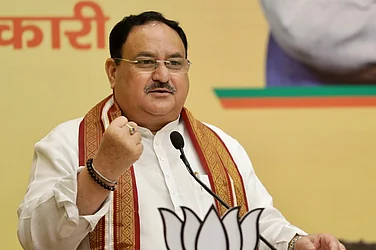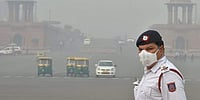Agriculture in Uttar Pradesh is poignantly paradoxical. UP is the largest producer of foodgrains wheat, sugarcane, potato, milk and the second-largest producer of rice, pulses, bajra and barley in the country. Almost 76 per cent of its cultivated area is irrigated, which is the third-highest in the country after Punjab and Haryana. Given that the Ganges and its tributaries criss-cross the state, agricultural fertility is one of the highest in the country. Yet, with 23 crore population and almost 59 per cent of its entire workforce engaged in agriculture, the returns from agriculture for the farmers is a pittance.
The population pressure on land is so high in India’s most populous state that the average holding size is a mere 0.76 hectares with 92 per cent of holdings being those of small and marginal farmers. As a result, the agriculture GSDP of the state has chugged along at 2.5 per cent, per annum from 2001 to 2019 and 29 per cent of its population is below the poverty line. The average monthly income of an agri-household as per National Sample Survey 2012, is the third-lowest in the country.
As a result, a large section of the rural population migrates to metros and cities outside the state to work as casual labour. TV images of reverse-migrants trekking hundreds of kilometres back to the state during the lockdown highlighted a humanitarian disaster.
ALSO READ






















